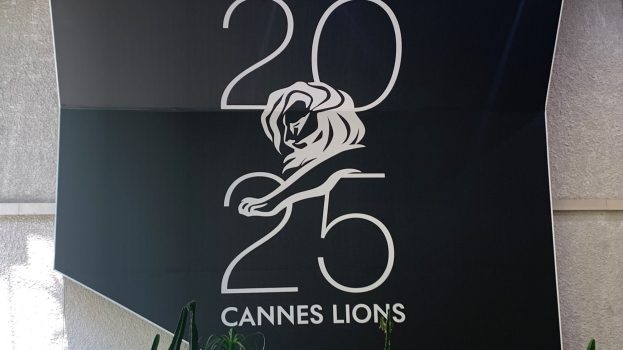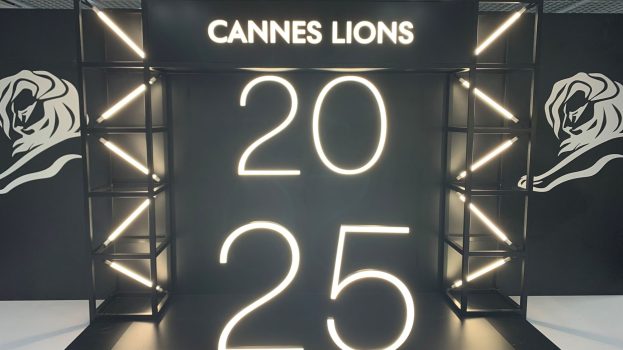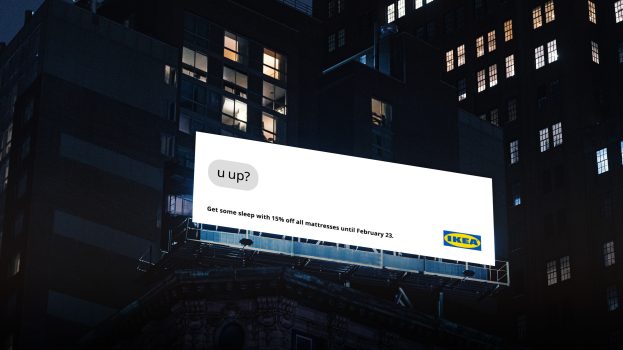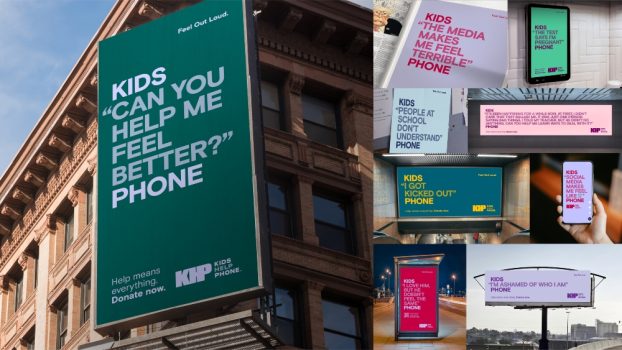It’s just launching now, and it already has Coke, McDonald’s, Sony and Microsoft on board. Not bad for a start-up.
London-based ad-supported mobile network Blyk went live in the U.K. with much fanfare in mid-September. And keep your eyes peeled: sales director Jonathan MacDonald says Blyk hopes to enter the North American market in the not-so-distant future. The network is being closely watched by advertisers around the world, who are anxious to see if the ad-supported model will work. Advertisers pay 10 cents per SMS [text message] and 40 cents per MMS [picture message].
Blyk subscriptions are available by invitation only, targeting the attractive 16- to 24-year-old demo. Users can extend invitations to three friends each, creating a viral distribution method. Blyk is offering them 217 free text messages and 43 free minutes each month.
‘I personally think the amount of free minutes they’re offering is a bit low…users might just buy regular pay-as-you-go packages from another carrier after a few months,’ says Jonathan Arber, London-based mobile analyst at consulting firm Ovum. ‘[But] the fact that you’re getting something for nothing is attractive.’
MacDonald argues that the number of free minutes Blyk is offering is actually more than the average young person uses. ‘We studied the 16 to 24 age group,’ he says. ‘Around three-quarters of them use just under 200 texts and 40 minutes of speaking a month. Texting is prevalent, and calling is not, in this age group.’
MacDonald says that perhaps the most attractive aspect of Blyk to advertisers is the ability to create dialogues with users. For example, a movie studio could send users a question about who their favourite actor is. It could then put the information in a database and send users alerts when that actor has a new movie coming out. ‘We have found that if you build relevant advertising around targeted profiles, that actually maximizes conversion in turn, as it’s inversely proportional to wastage,’ says MacDonald. ‘So the more you maximize the conversion, the less you waste on advertising. That’s a fairly compelling proposition to advertisers.’
MacDonald says advertisers would be wise to create dialogue-based connections with consumers, rather than simply running WAP banners, which have an average click-through rate of just 1.1%. ‘The primary function of the phone is messaging, and that’s why our advertising formats are primarily SMS, MMS and text tags,’ he explains.
Blyk’s viral distribution method may cause its user base to grow slowly. MacDonald says it’s not only a cost-effective marketing strategy, but also a way to control member acquisition.
Arber says it’s a clever ploy. ‘I think the fact that you’re getting an invitation to join something exclusive is attractive,’ he says. ‘[Blyk] isn’t looking to pull in millions of users right away.’
www.blyk.co.uk























